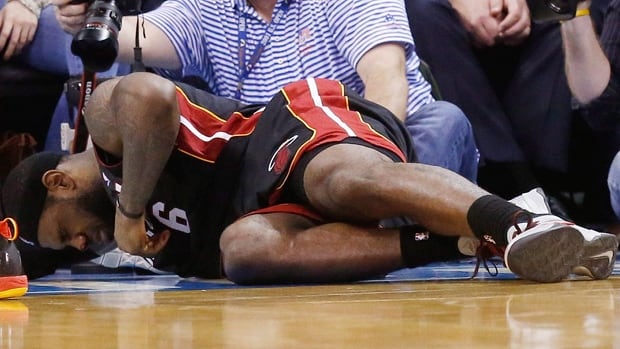Basketball is one of the most popular sports in the United States and throughout the world. Typically there are two options for the injury.
#1: Overuse: Any tendon or muscle injury resulting from over use.
#2: Traumatic: an injury or wound to a living body caused by the application of external force or violence.
According to a study of high school basketball players by the National Athletic Trainers’ Association (NATA):
- 22% of all male basketball players sustained at least one time-loss injury each year.
- 42% of the injuries were to the ankle/foot
- 11% hip and thigh
- 9% knee
- Sprains were the most common type of injury (43%).
- General trauma was the second most common type of injury (22%).
- 60% percent of the injuries occurred during practice highlighting the need to warm up and strap for training.
- 59% of game-related injuries occurred during the second half of the game, which identifies fatigue as a predisposing factor
Common injuries:
Ankle sprain/strains: A sprain is a stretching or tearing of ligaments — the tough bands of fibrous tissue that connect one bone to another in your joints. The most common location for a sprain is in your ankle. A strain is a stretching or tearing of muscle or tendon.

“Jammed fingers”: finger joint pain and swelling from an impact injury.

Knee injuries: The five most common knee problems are arthritis, tendonitis, bruises, cartilage tears, and damaged ligaments. Knee injuries can because by accidents, impact, sudden or awkward movements, and gradual wear and tear of the knee joint.

Foot/ankle fractures: A broken ankle or broken foot is a common injury. You may experience a broken ankle or broken foot during a car crash or from a simple misstep or fall. The seriousness of a broken ankle or broken foot varies. Fractures can range from tiny cracks in your bones to breaks that pierce your skin.

Treatments:
–R.I.C.E. Rest, Ice, Compression and Elevation
– Closed Kinetic Chain Exercises are exercises performed where the foot (for leg movement) that doesn’t move during the exercise. The foot remains in constant contact with a surface, usually the ground, foot plate of a machine or machine handle. These exercises are typically weight-bearing exercises, where an exerciser uses their own body weight and/or external weight. Exercises: back squats, front squats, lunges.
– Flexibility/Range of motion exercise
– Modalities such as ultrasound, electric stimulation, moist heat, compression
– Manual therapy is any “hands-on” treatment provided by the physical therapist. Treatment may include moving joints in specific directions and at different speeds to regain movement (joint mobilization and manipulation), muscle stretching, passive movements of the affected body part, or having the patient move the body part against the therapist’s resistance to improve muscle activation and timing. Selected specific soft tissue techniques may also be used to improve the mobility and function of tissue and muscles.
Any questions please contact us www.carusoptrd.com/contact.htm




